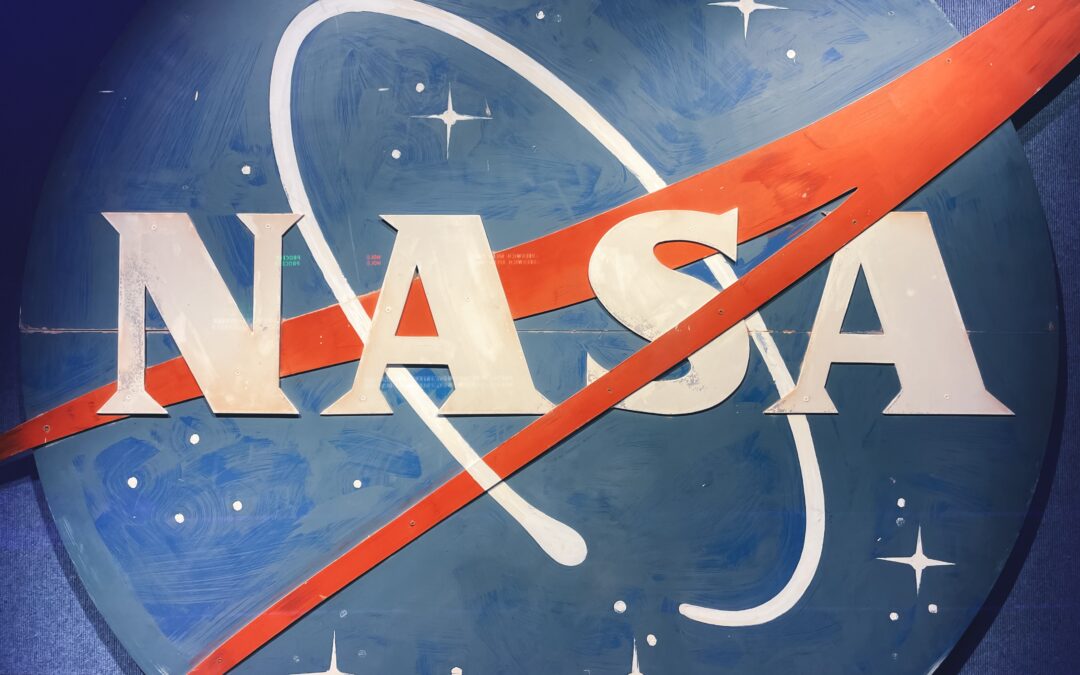You could say our scientists were … blinded by the light! Recently, they detected the brightest gamma-ray burst in human history, nicknamed BOAT (Brightest of All Time). The American Astronomical Society (AAS) made the announcement on Tuesday, March 28, 2023. A NASA press release noted that the burst “temporarily blinded Earth’s satellites.” That’s pretty bright, wouldn’t you say? Voyager 1, first launched in 1977, detected the gamma-ray burst on October 8, 2022. Gamma-ray bursts occur when a star dies, and black holes take form.
The gamma ray took our solar system by storm 19 hours after the initial burst detection. The brightness of the burst prevented scientists from directly recording its actual intensity, as documented in a paper published in The Astrophysical Journal Letters. Scientists quickly amassed data from the Fermi Gamma-ray Space Telescope after the burst. According to The Astrophysical Journal Letters paper, bursts of this brightness pass Earth every 10,000 years.
NASA revealed that GRB 221009A, the name for the gamma-ray burst, was spotted in the Sagitta constellation, having traveled 1.9 billion years. X-rays were released simultaneously when the burst passed through dust clouds in our galaxy.
While NASA expected a supernova to occur after the event (a few weeks later), they haven’t seen one. They suspected it was due to the location where the burst originated – a part of our sky that’s obscured by galactic dust.
According to NASA, this is the seventh gamma-ray burst detected in human history that created X-ray rings, which happened when the X-rays reflected off the dust clouds, forming “light echoes” of the original blast.
Our universe is a breathtaking enigma we’re still unraveling. It’s as bright as our girls, and I hope they’ll be inspired to make significant scientific discoveries like this one someday.


